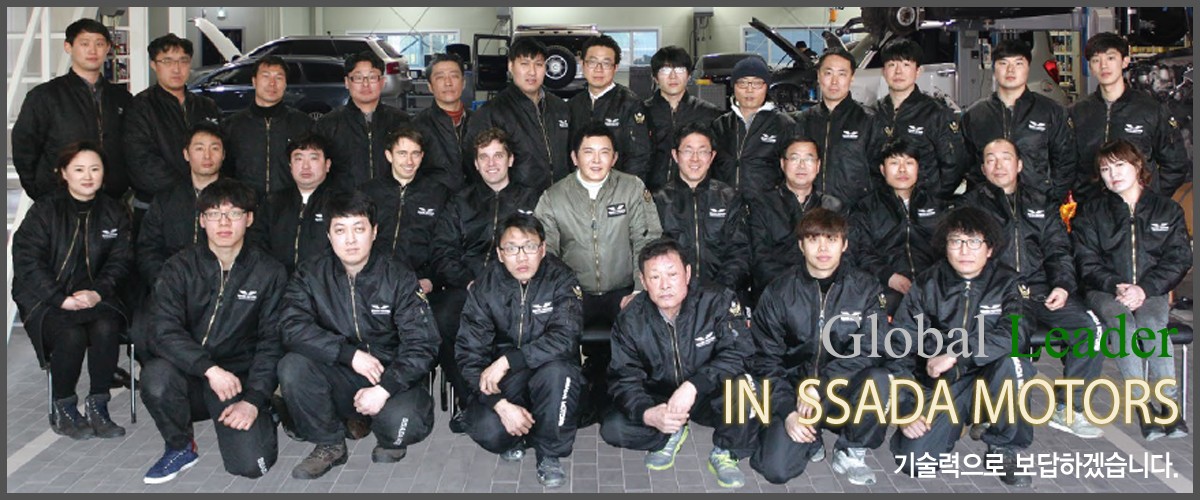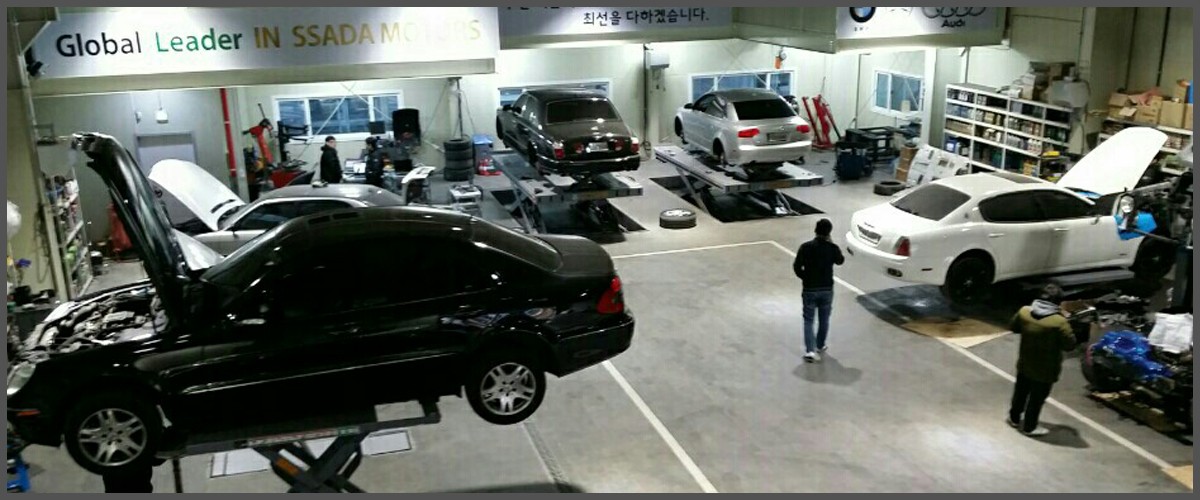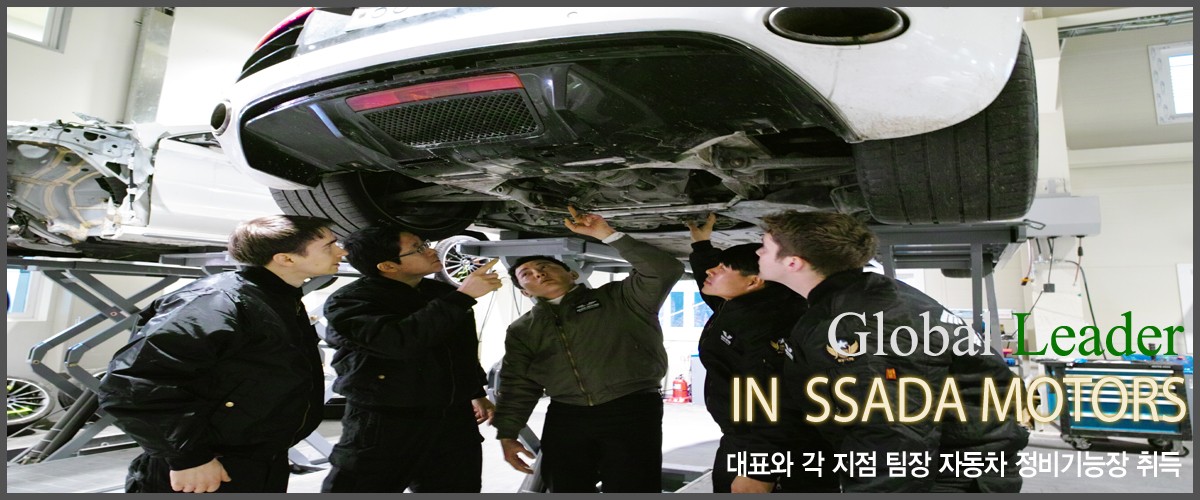Air conditioning systems are essential for maintaining comfort in home…
페이지 정보
작성자 Hayden 작성일24-03-05 15:23 조회1회 댓글0건본문
In conclusion, brake boosters are essential components that help enhance the braking performance of a vehicle by amplifying the force applied by the driver. It is crucial to understand the function, types, and maintenance of brake boosters to ensure a safe and reliable braking system in your vehicle. Regular inspections and proper maintenance are key to keeping your brake booster in optimal condition and ensuring the safety of you and your passengers on the road.
Coolant, also known as antifreeze, is a vital component of a vehicle's cooling system that helps regulate the engine's temperature and prevent it from overheating. It is a mixture of water and chemical additives that work together to keep the engine operating within a safe temperature range.
**Types of Coolant:**
1. **Ethylene Glycol:** This is the most common type of coolant used in vehicles. It provides excellent heat transfer properties and offers protection against freezing and boiling. Ethylene glycol should be diluted with water as per the manufacturer's recommendations.
3. Differential: The differential is a gear system located between the driveshafts, allowing the wheels to rotate at different speeds when turning corners. This component is crucial for maintaining stability and control while driving.
### Functions of the Oil Pan
The primary function of the oil pan is to store the engine oil that keeps the moving parts of the engine lubricated. This lubrication is essential for reducing friction and heat generation, which can cause excessive wear and damage to engine components. The oil pan also serves as a reservoir from which the oil is pumped to the various parts of the engine, such as the pistons, crankshaft, and camshaft.
Strange noises or odors coming from an air conditioning system can also indicate a problem that requires diagnosis. Clanging or banging noises may be a sign of loose or damaged parts, while musty or foul odors could indicate mold or mildew growth within the system. Technicians will inspect the system thoroughly to identify the source of the noise or odor and make the necessary repairs to eliminate the issue.
Types of Brake Boosters:
There are primarily two types of brake boosters used in vehicles: vacuum brake boosters and hydraulic brake boosters. Vacuum brake boosters are the most common type and are powered by the vacuum created by the Engine Management System. These boosters use the pressure difference between the vacuum and atmospheric pressure to assist in braking.
In conclusion, coolant is a crucial component of a vehicle's cooling system that plays a vital role in preventing engine overheating and maintaining optimal performance. By understanding the functions of coolant, choosing the right type, and following proper maintenance procedures, you can ensure the longevity and efficiency of your vehicle's cooling system.
2. **Freezing and Boiling Point Regulation:** Coolant also helps regulate the freezing and boiling points of the engine's cooling system. By lowering the freezing point, coolant prevents the water in the system from turning into ice in cold temperatures. It also raises the boiling point to prevent the water from boiling over in hot conditions.
1. Rotary Distributor Injection Pump:
Also known as rotary pumps, these pumps are commonly found in older diesel engines. They work by using a rotating distributor to send fuel to each fuel injector at the right time. While efficient, rotary pumps are gradually being replaced by more advanced pump designs due to their limitations in terms of precision and control.
Brake boosters play a crucial role in ensuring the safety and efficiency of a vehicle's braking system. Essentially, a brake booster is a component that helps amplify the force applied to the brake pedal by the driver, making it easier to stop the vehicle quickly and smoothly. In this article, we will explore the function, types, and maintenance of brake boosters to provide a comprehensive understanding of their importance in modern automobiles.
2. Use proper procedures for jacking up the vehicle: When lifting the vehicle for maintenance or repairs, use proper jacking points to avoid damaging the oil pan. Improper jacking can cause dents or cracks in the oil pan, leading to leaks.
Common Drivetrain Issues:
1. Transmission problems: Issues with the transmission can manifest as difficulty shifting gears, slipping gears, or unusual noises. Regular maintenance and fluid checks can help prevent transmission problems.
3. **Corrosion Prevention:** Coolant contains additives that help protect the various components of the cooling system from corrosion and rust. This extends the lifespan of the system and ensures its smooth operation.
Introduction:
The drivetrain is a crucial system in any vehicle, responsible for transferring power from the engine to the wheels. Understanding how the drivetrain works is essential for maintaining your vehicle's performance and ensuring a smooth driving experience. In this article, we will explore the components of the drivetrain, how they work together, and common issues that can arise.
Coolant, also known as antifreeze, is a vital component of a vehicle's cooling system that helps regulate the engine's temperature and prevent it from overheating. It is a mixture of water and chemical additives that work together to keep the engine operating within a safe temperature range.
**Types of Coolant:**
1. **Ethylene Glycol:** This is the most common type of coolant used in vehicles. It provides excellent heat transfer properties and offers protection against freezing and boiling. Ethylene glycol should be diluted with water as per the manufacturer's recommendations.
3. Differential: The differential is a gear system located between the driveshafts, allowing the wheels to rotate at different speeds when turning corners. This component is crucial for maintaining stability and control while driving.
### Functions of the Oil Pan
The primary function of the oil pan is to store the engine oil that keeps the moving parts of the engine lubricated. This lubrication is essential for reducing friction and heat generation, which can cause excessive wear and damage to engine components. The oil pan also serves as a reservoir from which the oil is pumped to the various parts of the engine, such as the pistons, crankshaft, and camshaft.
Strange noises or odors coming from an air conditioning system can also indicate a problem that requires diagnosis. Clanging or banging noises may be a sign of loose or damaged parts, while musty or foul odors could indicate mold or mildew growth within the system. Technicians will inspect the system thoroughly to identify the source of the noise or odor and make the necessary repairs to eliminate the issue.
Types of Brake Boosters:
There are primarily two types of brake boosters used in vehicles: vacuum brake boosters and hydraulic brake boosters. Vacuum brake boosters are the most common type and are powered by the vacuum created by the Engine Management System. These boosters use the pressure difference between the vacuum and atmospheric pressure to assist in braking.
In conclusion, coolant is a crucial component of a vehicle's cooling system that plays a vital role in preventing engine overheating and maintaining optimal performance. By understanding the functions of coolant, choosing the right type, and following proper maintenance procedures, you can ensure the longevity and efficiency of your vehicle's cooling system.
2. **Freezing and Boiling Point Regulation:** Coolant also helps regulate the freezing and boiling points of the engine's cooling system. By lowering the freezing point, coolant prevents the water in the system from turning into ice in cold temperatures. It also raises the boiling point to prevent the water from boiling over in hot conditions.
1. Rotary Distributor Injection Pump:
Also known as rotary pumps, these pumps are commonly found in older diesel engines. They work by using a rotating distributor to send fuel to each fuel injector at the right time. While efficient, rotary pumps are gradually being replaced by more advanced pump designs due to their limitations in terms of precision and control.
Brake boosters play a crucial role in ensuring the safety and efficiency of a vehicle's braking system. Essentially, a brake booster is a component that helps amplify the force applied to the brake pedal by the driver, making it easier to stop the vehicle quickly and smoothly. In this article, we will explore the function, types, and maintenance of brake boosters to provide a comprehensive understanding of their importance in modern automobiles.
2. Use proper procedures for jacking up the vehicle: When lifting the vehicle for maintenance or repairs, use proper jacking points to avoid damaging the oil pan. Improper jacking can cause dents or cracks in the oil pan, leading to leaks.
Common Drivetrain Issues:
1. Transmission problems: Issues with the transmission can manifest as difficulty shifting gears, slipping gears, or unusual noises. Regular maintenance and fluid checks can help prevent transmission problems.
3. **Corrosion Prevention:** Coolant contains additives that help protect the various components of the cooling system from corrosion and rust. This extends the lifespan of the system and ensures its smooth operation.
Introduction:
The drivetrain is a crucial system in any vehicle, responsible for transferring power from the engine to the wheels. Understanding how the drivetrain works is essential for maintaining your vehicle's performance and ensuring a smooth driving experience. In this article, we will explore the components of the drivetrain, how they work together, and common issues that can arise.
댓글목록
등록된 댓글이 없습니다.



































